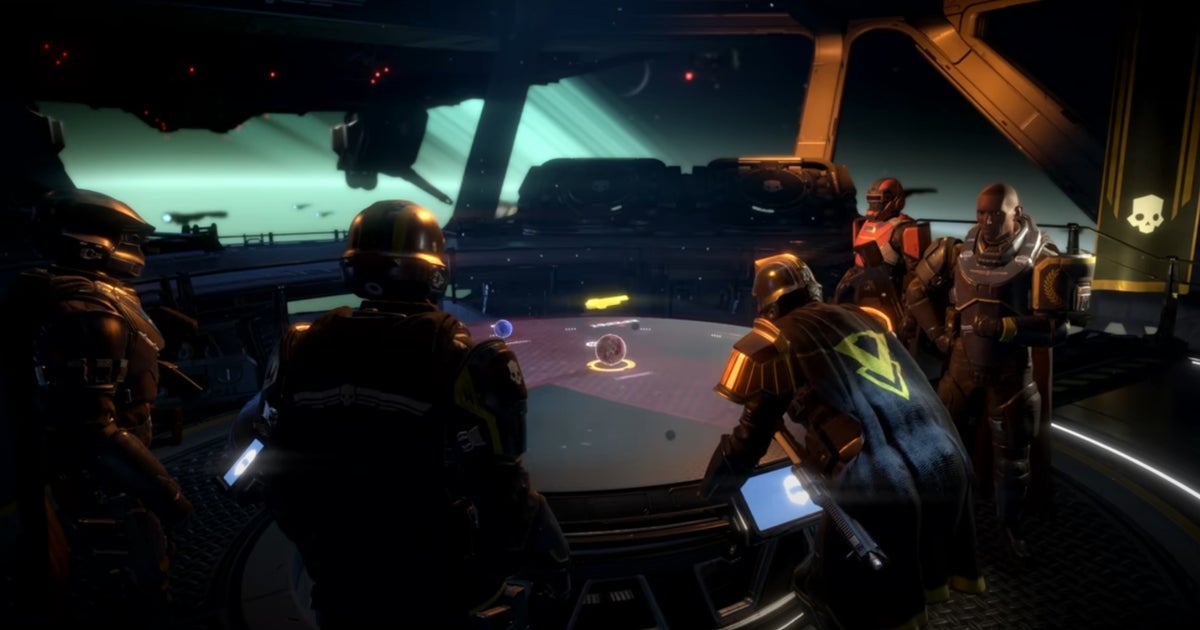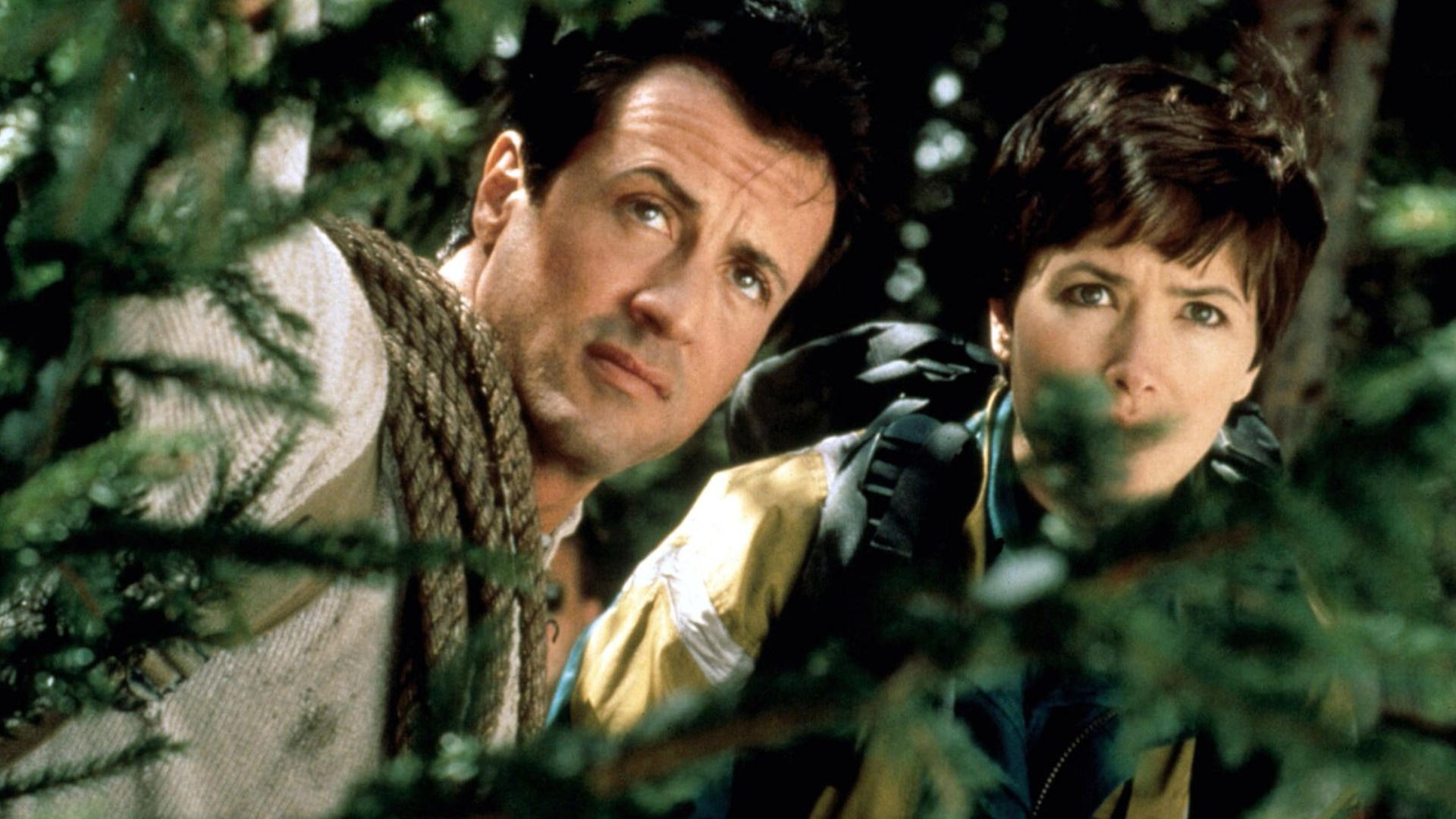A high level of difficulty in a video game would often be a welcome challenge if it didn't bring the long rat tail of the retry. You fight, make the wrong decision, die and have to start again. Not so with Iron Danger. No death is final in this crisp, strategic role-playing action game, because after each turn you can turn back a bit to iron out mistakes. Sounds like cheating, but it's a lot trickier than you might imagine.
Imagine you could rewind the time as you please. Always just a short piece, but just enough to undo the last stupid action: You could turn a stupid pick-up line from your lady of the heart into eloquent rasps of licorice, avoid the banana peel on which you slipped, or the penalty shot you were in kicked the goalkeeper's arms into the empty corner of the goal.
Fantasy fabric that the action RPG Iron Danger makes a program. Never encounter the game-over lettering again? It is not quite that comfortable, otherwise it would be pointless. You can rewind for a maximum of ten seconds, divided into twenty heartbeats, to correct mistakes, which is often enough to revise critical decisions and rethink your own strategy.
<a href = "https://img.gameswelt.de/public/images/202003/f4054386d015b350d9effe5a24a995b7.jpg" data-title = "Iron Danger Image 1
Date: 03/24/2020 "data-lightbox =" f4054386d015b350d9effe5a24a995b7.jpg ">
Anyone who thinks of dry positional play like chess is wrong. Iron Danger is an action role-playing game with mouse control, in which you direct two characters and carry out attacks in real time. This can be compared to a throttled Diablo, only without loot masses and without impending carpal tunnel syndrome.
But with a noticeable bit of increased strategy. Since huge actions like spells like to burn three heartbeats, you often end up in the middle of a b attle after rewinding. In this case, the smallest nuances are important: Where can you avoid at the last moment? Where would attack have been the best defense and vice versa? Do you still get out of battle alive? That's an interesting game principle!
A good team
Well, maybe we should first clarify what it's all about. A long time ago in a Nordic country, the fate of a young woman named Kipuna is not very benevolent. A bloodthirsty tribe is razing their homeland, which would have been their death if a muscle-bound blacksmith named Topi hadn't saved them from the worst. But the terrible story takes a mystical turn when the two meet death on the run. Kipuna falls into a pit where a pointed shard pierces her. The poor girl goes away. Or not?
Kipuna is not supposed to die if the will of a spiritual entity called aurolite comes from the deadly shard. Aurolith gives her the power to turn back the time for a few heartbeats so she can do an important job. She is said to assemble all the shards of the aurolite that have been scattered in all winds to complete her new strength and to free the country from the tyranny of a witch.
Kipuna and Topi embark on a long journey that leads to various stations across the sea. A cute sailing ship serves them as a means of transport and as a base. But the protection of the vehicle is limited. On the way to the Temple of the Shards they run aground or sail in a blockade, so that they are always faced with bandits, grumpy Northerners or even strange robot creatures. Hence the name Iron Danger.
<a href = "https://img.gameswelt.de/public/images/202003/9f5a6636b90d1e9e163a8441d22f0582.jpg" data-title = "Iron Danger Image 1
Date: 03/24/2020 "data-lightbox =" 9f5a6636b90d1e9e163a8441d22f0582.jpg ">
It is a happy thing that Kipuna and Topi complement each other so wonderfully in the fight. The muscled blacksmith is a specialist for the rough. With his huge ax, he not only mows opponents in a large radius, he also uses his tool as a shield against swords and arrows. If there is need for a man, he simply stands in front of his companion, so that she is not harmed.
However, this is not always necessary, because Kipuna can defend itself perfectly, even if her physical attack power does not have as much punch as topis. She prefers to trust her magical abilities, which initially give her control over the fire, but later also includes defense mechanisms and controlled attack combinations.
The entrance with the fire is cleverly chosen as an introduction because it is clearly arranged. She shoots magic fireballs or uses a spell that lights swords (friend or foe) in flames. Kipuna also proves to be very agile. On command, she sprints two steps to the side and in this way escapes projectiles and arrows if she detects them early enough.
Rewind, please
Kipuna, Topi and some other secondary characters, who accompany Kipuna temporarily on parts of their journey, learn new skills after each battle and sometimes get a completely different skill set. But on the whole, the course of a battle can be reduced to a few, striking processes: a powerful companion creates space, Kipuna uses it – mostly with extensive long-range attacks. You control one of the two characters in a scenario until you are forced to take over the other in order to protect it from damage.
Since none of the characters react automatically and they are usually faced with an overwhelming number of opponents who only have to land a few hits to blow out the little light, there is no strategic panace a. On the contrary: Usually you try to knock down as many opponents as possible, which is rarely successful due to the real-time battle. If one of the two heroes blesses the timing, the game flow freezes and signals that a theoretical game over is imminent. Kipuna's talent for turning back the time is still no guarantee of success, but increases the chance of turning the tide.
<a href = "https://img.gameswelt.de/public/images/202003/1630cb5b749538b02eb726e03792b14e.jpg" data-title = "Iron Danger Image 1
Date: 03/24/2020 "data-lightbox =" 1630cb5b749538b02eb726e03792b14e.jpg ">
Especially since the full stimulation of the ten heartbeats is not absolutely necessary. Sometimes two or three revised units are enough to avoid an approaching arrow or to start a messed up ax swing a moment later. Each rewind freezes the battle until you take the next action. This leaves enough time to think. It is helpful to briefly move the mouse cursor over the battlefield to learn from the game how many heartbeats it takes to move.
Unfortunately, you don't get to know this when it comes to the actions of your opponents, so certain rewind actions end in a continuous trial and error loop until you finally discover the gap in the enemy strategy. If there is no escape against all hope, only the restart of the scenario helps.
This happens relatively rarely, but is then all the more frustrating, especially since you cannot save at will. The game automatically creates quick saves, which in some scenarios were distributed so roughly that in the worst case, fifteen to twenty minutes of game time are lost. No broken legs, but a manual save function that could be used before large battles would have been welcome.
Food for the thinking apparatus
Not least because some battles start without warning. A pitch-black “fog of war” prevents far-reaching foresight on the surroundings, while scripted events prevent the battlefield from leaving prematurely – for example, if a tree falls to cut off the escape route. Then it says: fight or die! Healing food is occasionally in the area, but can rarely be used sensibly in the fray, as this also burns a few heartbeats in which the character is exposed to attacks.
Temporary healing is good, sophisticated strategy that involves the environment is better. Set oil barrels on fire, distribute bear traps, sneak in the tall grass to remain undetected … A number of utensils, which initially seem to be of secondary importance, prove to be useful little helpers during the game with which you can initiate surprise attacks or separate areas of the battlefield.
In the latest trailer for Iron Danger the many features of the game are presented in detail.
The sooner you internalize the use of these tools, the better, because at the end of bosses, whose resilience degrades normal weapons to toys, you cannot avoid using them. Shortly before you reach the splinter of a temple, things get really rough.
It's just a shame that the game's central theme offers much less variety than the battle itself. The process is repeated according to scheme F: There is a pre-quest, then you look for the next shard, go through a dream sequence and then find your way back to the ship. Rinse and repeat. There would have been more in there.











